- Details
- Hits: 4998
Location: Huron Portland Cement Plant, Alpena, MI
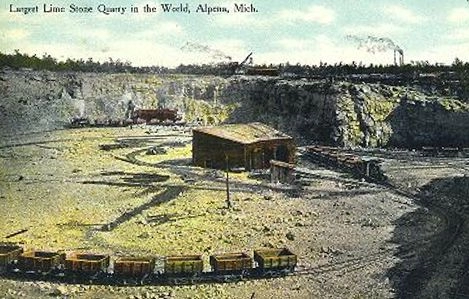
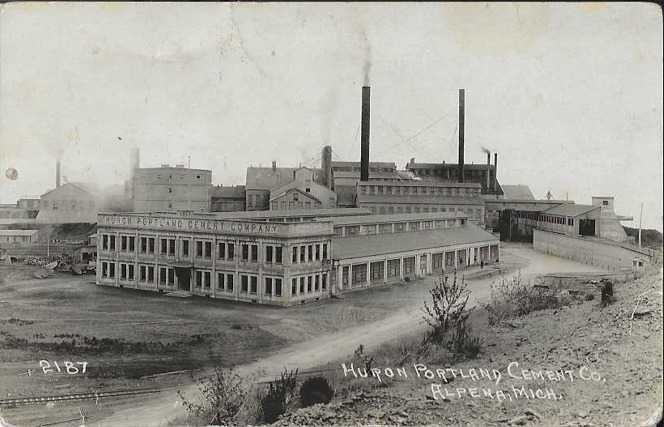
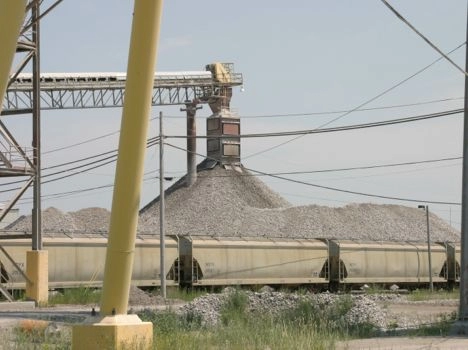
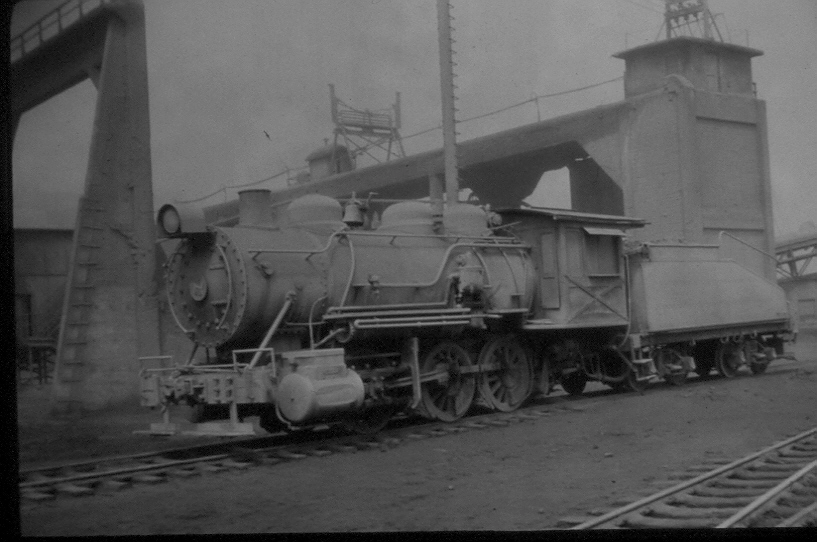
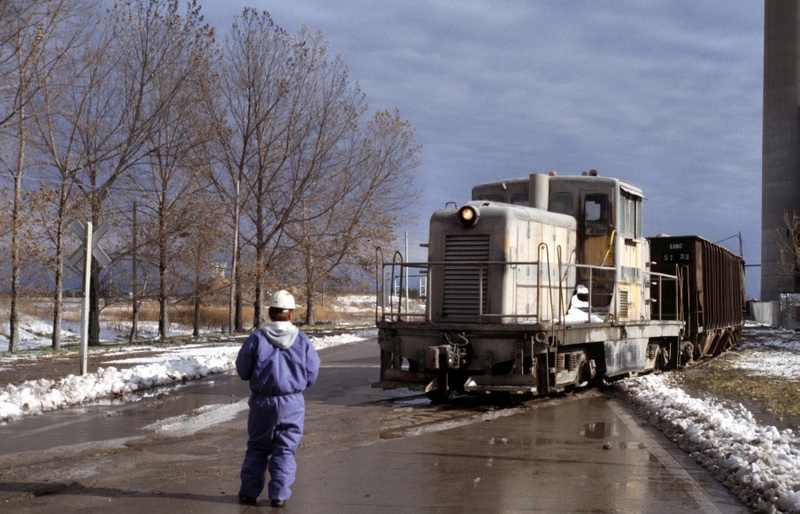
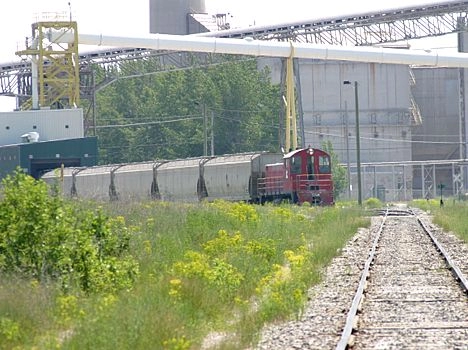
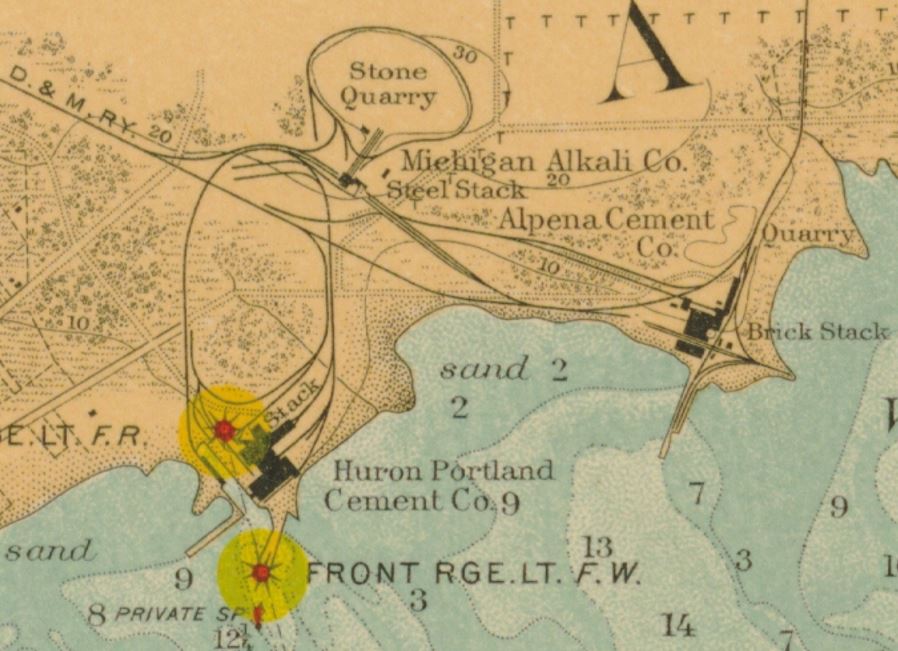
Most cement is transported out of the plant by ship. But over the years, the plant received limestone and other aggregates (such as gravel) by rail from a variety of locations throughout the area, including the Paxton quarry west of Alpena, and the Rockport and Stoneport quarries northeast of the plant, and a marl quarry south of Rockport which is now Middle Lake.
Today, the company brings aggregate from the nearby quarry to the plant by mega truck, but other materials such as fly ash are brought in by rail by the Lake State Railway (former D&M).
The plant has its own railroad switch engines for industrial use. In 2003, it was reported that about 20 fly ash cars were received each week.
Photo info: Top, an old postcard view of the plant quarry. Note that railroads were used to transport aggregate from the quarry to the plant. There appears to be an engine house in the quarry. Today, oversized trucks are used. 2nd image, an early view of the plant in Alpena. 3rd image, a photo of the plant itself with rail cars containing fly ash in front. 4th, Huron Portland Cement No. 8 at the Alpena Quarry in 1960 [Harold Frye], 5th, a LaFarge Center Cab diesel at Alpena in 2003 [Mark Andersen], and 6th photo, a photo of the plant switcher moving fly ash cars in 2003. [Dale Berry]. The last photo shows the two cement plants at Alpena around 1913. [NHMC]
Notes
Because of the process of mining limestone and manufacturing cement in the plant, the plant locomotives here are usually covered in cement byproducts. They have a great deal of "patina" on them.
Time Line
1923. Judge Tuttle filed in the U.S. district court in Bay City an order restraining the BCG&A railroad from extending its line to the shale beds of the Huron Portland Cement near Alpena, until such time as the railroad files a certificate of convenience or necessity from the ICC. Judge Tuttle holds the proposed extension is to be a part of the main line of the road and not a spur of sidetrack. The suite against the BCG&A was started by the D&M railroad, which now has the only track running to the shale beds. [PHTH-1923-0131] Ed. Note: This likely referred to an extension of the BCG&A proposed to the shale beds north near the Alpena/Presque Isle line. A blueprint for this proposal is in the Michigan State Archives.
1927. The cement plant railroad crossed the D&M quarry branch one half mile west of Alpena Junction within plant limits. The two crossings were protected by swing gates. [ETT-1927]
Bibliography
The following sources are utilized in this website. [SOURCE-YEAR-MMDD-PG]:
- [AAB| = All Aboard!, by Willis Dunbar, Eerdmans Publishing, Grand Rapids ©1969.
- [AAN] = Alpena Argus newspaper.
- [AARQJ] = American Association of Railroads Quiz Jr. pamphlet. © 1956
- [AATHA] = Ann Arbor Railroad Technical and Historical Association newsletter "The Double A"
- [AB] = Information provided at Michigan History Conference from Andrew Bailey, Port Huron, MI

